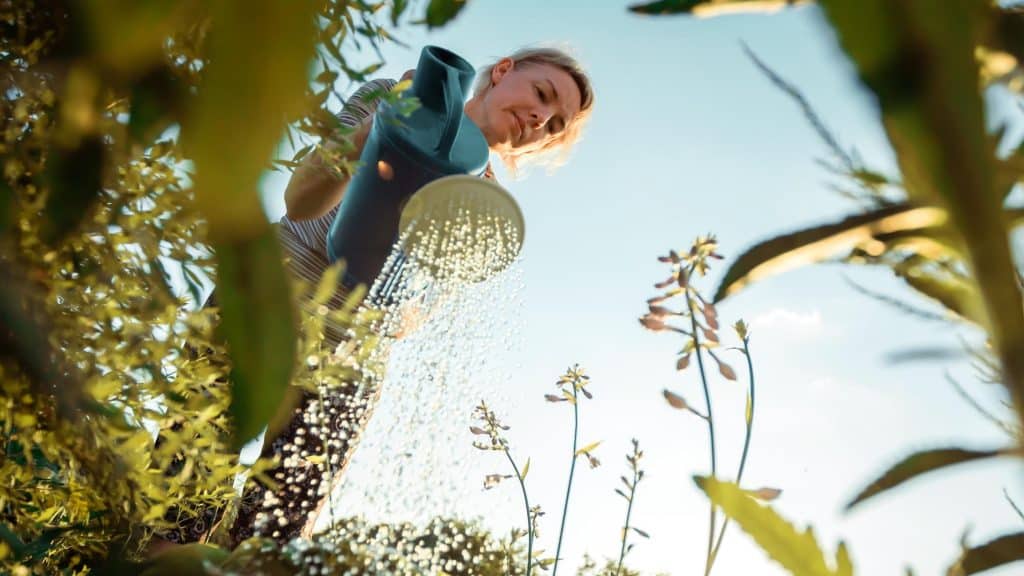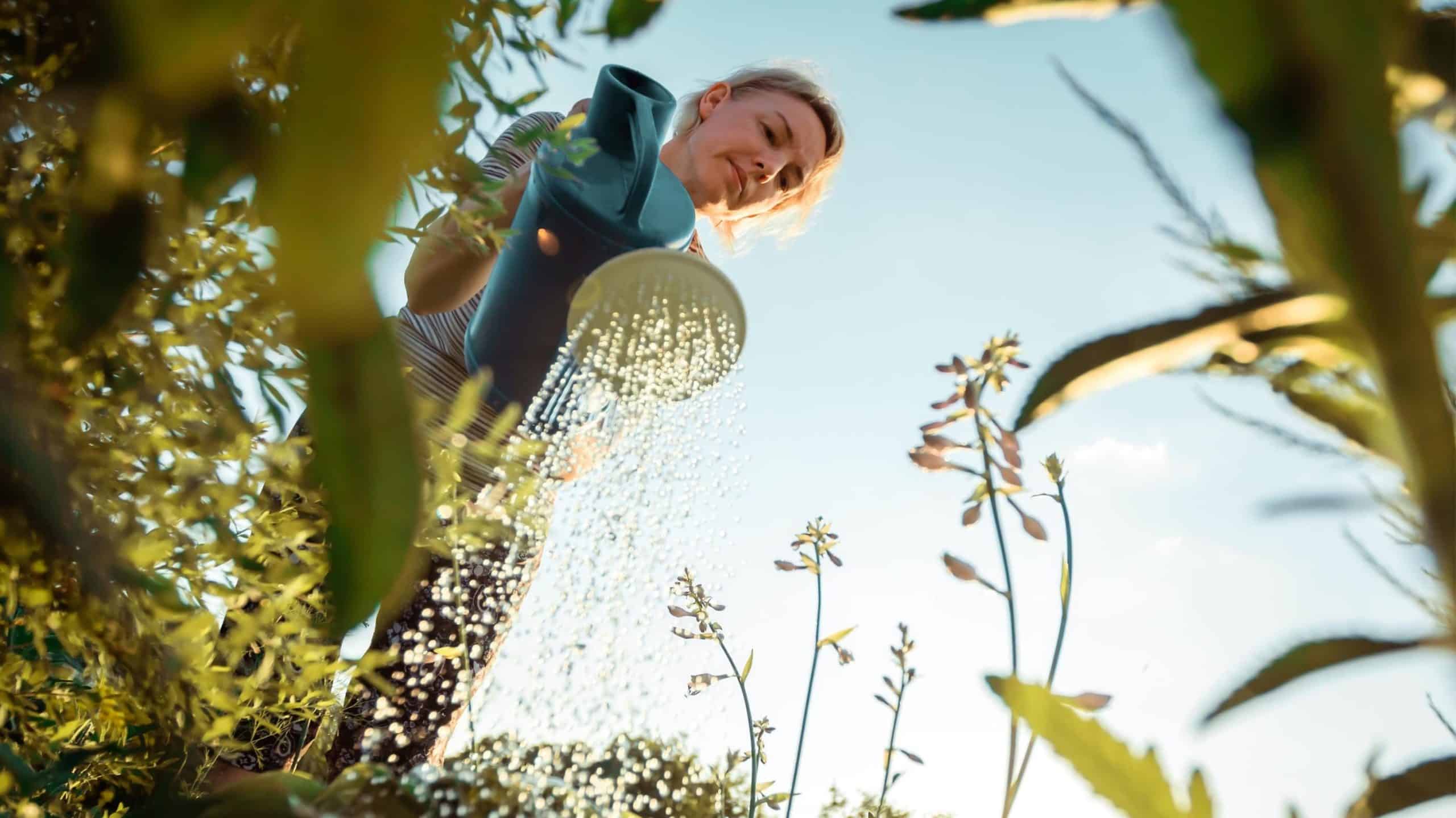Unlock the secrets of outdoor water conservation within LEED v4.1! Join our short course as part of GBRI’s LEED v4.1 Technical Study Series, and conquer the art of sustainable water use beyond the building. Dive into strategies, requirements, and real-world case studies that empower you to make a splash in outdoor water conservation.
In this module, you will gain a comprehensive understanding of the major differences between LEED v4 and v4.1 and align yourself with the overarching goals of the updated LEED BD+C rating system. Explore the latest strategies, requirements, and innovations that shape LEED v4.1’s approach to outdoor water use reduction. Discover the credit’s intent, changes from v4, and specific requirements, including international and adaptation-specific considerations. Learn how to implement effective strategies, meet documentation guidelines, and achieve exemplary performance. As part of your learning experience, delve into a compelling GBRI Community Center LEED Case Study, showcasing the credit in action and providing valuable insights into its practical application.
What you will learn
- Compare and contrast the key differences between LEED v4 and LEED v4.1, particularly in relation to water efficiency goals, to gain a comprehensive overview of the updates and enhancements in the LEED v4.1 system.
- Understand the key concepts and requirements of outdoor water use reduction in LEED v4.1, including credit intent, recent changes, and specific prerequisites and credit requirements.
- Explore effective strategies and techniques for minimizing outdoor water consumption, such as efficient irrigation systems, native landscaping, and rainwater harvesting.
- Gain insights into international and adaptation-specific requirements within the outdoor water use reduction credit, ensuring a comprehensive understanding of the global applicability of sustainable water practices.
- Learn how to properly document and demonstrate compliance with the credit, including the concept of exemplary performance.











